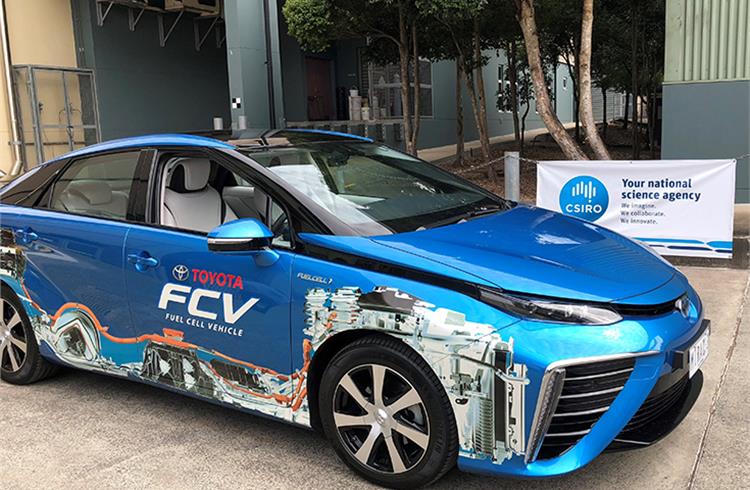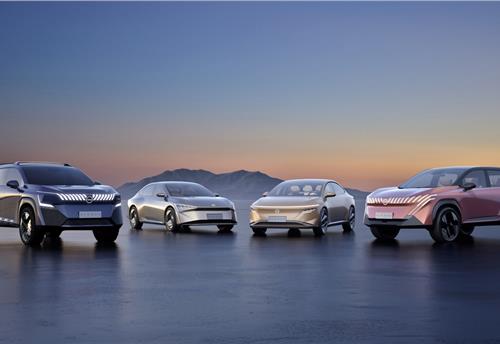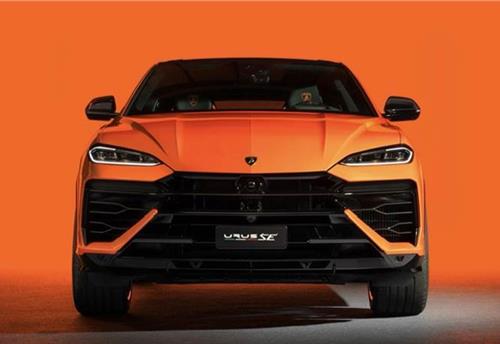New hydrogen conversion tech to make FCVs more viable
The membrane technology converts easily transportable ammonia into usable hydrogen using minimum technological complications.
Hydrogen is abundantly available, easily accessible, efficiently applicable in vehicles and is environment-friendly. However, it has proved to be quite a challenge in transporting it and this is proving to be one big setback in its commercial adoption. To tackle this concern, Australia-based Commonwealth Scientific and Industrial Research Organisation (CSIRO) recently came up with a membrane technology to enable bulk transportation of hydrogen in the form of liquid ammonia.
CSIRO is an independent Australian federal government agency responsible for scientific research. Their membrane technology enables transportation of hydrogen in the form of ammonia, using the existing infrastructure and then reconverting it back into hydrogen at the point of use, i.e. a hydrogen-powered fuel cell vehicle (FCV). The membrane separates highly pure hydrogen from ammonia, while blocking all other gases. The technology links hydrogen production, distribution and delivery in the form of a modular unit that can be used at, or near, a refuelling station.
Dr Larry Marshall, chief executive, CSIRO said, “This is a watershed moment for energy, and we look forward to applying CSIRO innovation to enable this exciting renewably-sourced fuel and energy storage medium a smoother path to market. Recent advances in solar and electrochemical technologies mean renewable hydrogen production is expected to become competitive with fossil fuel-based production, providing an opportunity to decarbonise both the energy and transport sectors while creating new export opportunities.” Marshall was one of the first to ride in the Toyota Mirai and Hyundai Nexo vehicles powered by ultra-high purity hydrogen, produced in Queensland using CSIRO’s membrane technology.

CSIRO chief Larry Marshall (right) refuelling pressurised hydrogen into an FCV
The UK-based industrial gas company, BOC, acknowledged the effectiveness of CSIRO’s membrane technology from generation, right through to the point of use. Bruce Currie, BOC sales and marketing director commented, “BOC’s innovative engineering team are proud to be collaborating with CSIRO researchers on this technology breakthrough, as we focus on advancing the hydrogen economy and global transition towards clean hydrogen for mobility and energy.”
Currently, the federal agency looks to scale and deploy in several large scale demonstrations in Australia and abroad. The project received $1.7 million (Rs 11 crore) from the Science and Industry Endowment Fund (SIEF).
RELATED ARTICLES
Nissan targets growth in China, unveils four NEV concepts at Beijing Motor Show
The two EVs and two plug-in hybrids are a joint effort with Nissan’s local partner Dong Feng and aimed to better address...
Lamborghini unveils Urus SE ahead of Auto China 2024
Electric-only range of 60km helps reduce emissions by 80%.
ZF to display next-gen e-axle for low-floor city buses at Busworld Turkiye 2024
The AxTrax 2 LF is available with a continuous output of up to 360 kW and a peak torque of up to 37,300 Nm.





 By Autocar Pro News Desk
By Autocar Pro News Desk
 13 Aug 2018
13 Aug 2018
 5440 Views
5440 Views









